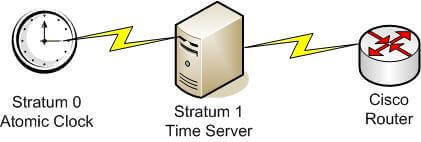Category: Ubuntu configuration
-

Apply critical Ubuntu kernel patches without rebooting Ubuntu using Canonical Livepatch
Update Ubuntu kernel without reboot using the free Canonical Livepatch Service. Apply critical Ubuntu kernel patches without rebooting Ubuntu. Apply critical kernel security fixes without rebooting. The Canonical Livepatch Service reduces planned or unplanned downtime while maintaining compliance and security. Livepatch is available on LTS based systems from 14.04 LTS within the normal support cycle.
-

How to automatically set the correct time on the server once a day on Ubuntu and then set the correct timezone
Correct time on your Ubuntu server is a crucial security issue. Learn how to set the correct time zone. Then set the server to automatically adjust with a NTP server. Its quite easy to get this right.
-

How to activate and mount a second HDD on EC2 Ubuntu VPS
Recover data from a unbootable EC2 VPS with Ubuntu. On Amazon AWS EC2 VPS server it might be useful to mount a 2. harddisk drive. Maybe your primary disk is full. Here is how it’s done.
-
How to install Apache, PHP7 and MySQL connector
Setting up your MySQL database on Amazon RDS Use the free MySQL WorkBench to create your database, create database user, password and assign rights on Amazon RDS. Alternatively use Sequel Pro or use Navicat to set up your database on the Amazon RDS database server. It dos not matter which of the 3 tools you are using. Install Apache2, PHP7,…